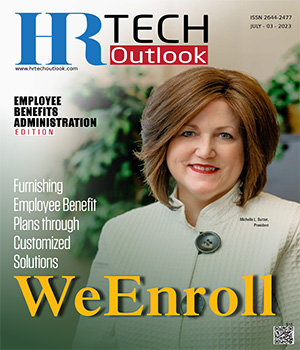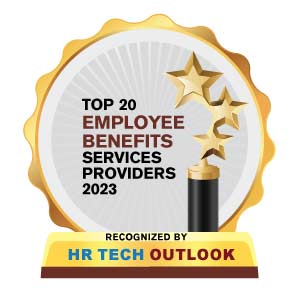In today’s fiercely competitive business landscape, attracting and retaining top talent is crucial for an organization’s success. While salary packages continue to play a significant role in employee satisfaction, the importance of comprehensive employee benefits administration cannot be understated. Offering a robust and well[1]managed benefits program not only enhances the overall employee experience but also contributes to increased productivity, engagement, and loyalty. However, to fully realize the potential of such programs, organizations must focus on streamlining and optimizing their benefits administration processes.
Employee benefits encompass a wide range of offerings, including health insurance, retirement plans, paid time off, wellness programs, flexible work arrangements, and professional development opportunities. These benefits have a direct impact on employees’ financial security, health, work-life balance, and overall well-being. By providing a competitive benefits package, organizations create an environment that fosters loyalty, motivation, and a sense of belonging among employees. Consequently, employees feel valued and are more likely to remain committed to their employers, reducing turnover rates and associated costs.
Despite the undeniable advantages of offering employee benefits, managing and administering them can present significant challenges. HR departments are burdened with complex tasks such as enrollment, eligibility verification, compliance with regulations, and seamless integration with payroll systems. Additionally, the need to communicate benefits information effectively and address individual employee queries further adds to the administrative workload. These challenges can lead to inefficiencies, errors, and dissatisfaction among employees.
Employee benefits administration is not just a transactional process; it is an opportunity for organizations to demonstrate their commitment to their workforce’s well-being. By streamlining benefits administration through technology adoption, process optimization, and employee[1]centric approaches, organizations can create an environment that attracts, retains, and nurtures top talent.
Efficient benefits administration enhances employee satisfaction, increases productivity, and cultivates a positive work culture. It also positions organizations as employers of choice, enabling them to build a competitive advantage in the talent market. As we navigate the future of work, organizations must embrace the transformative potential of streamlined benefits administration to create a thriving and engaged workforce.



























